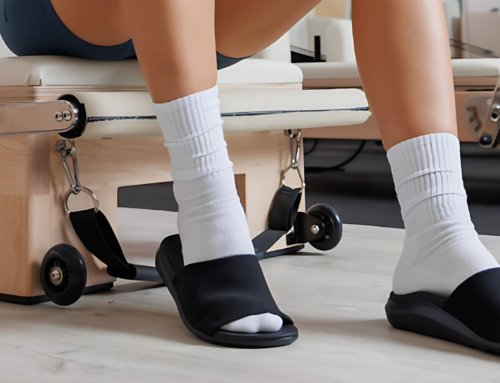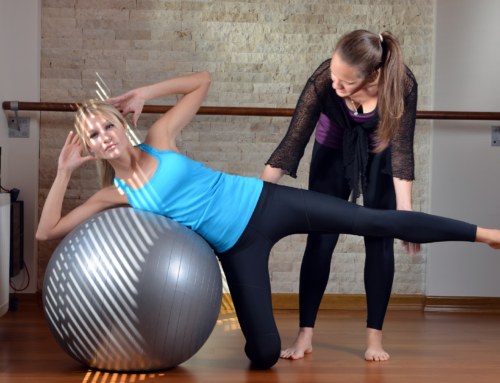What is Carpal Tunnel Syndrome?
It is the pinching of the median nerve as it passes through the carpal tunnel to supply the muscles of half of your hand . The carpal tunnel is made up of bones at the base and soft tissue on the roof in the wrist. Due to certain things, the nerve or the surrounding tendons can swell up. This in turn compresses it causing various symptoms. We don’t know why but Carpal tunnel syndrome is more common in females than males between 40 to 60 years of age.

Carpal tunnel syndrome causes
Signs of Carpal tunnel syndrome
Physiotherapy will definitely treat it as long as the symtpoms are not too severe. I will risk saying that in my opinion it is overdiagnosed by doctors. Most of the cases we see at our clinic are due to compression of the nerve in the neck. Which in turn causes tingling or pins and needles down the arm. Carpal tunnel syndrome is not rare but it’s not as common. This is why you need to see a Physio to rule out other possible scenarios.
We use manual therapy techniques to move the wrirst joint and nerve. This helps in improving the circulation through the wrist and reduce nerve compression. Furthermore we advise on activity modification to reduce the effect of repetitive trauma. Finally strengthening exercises to get those hand muscles gripping again like before!








